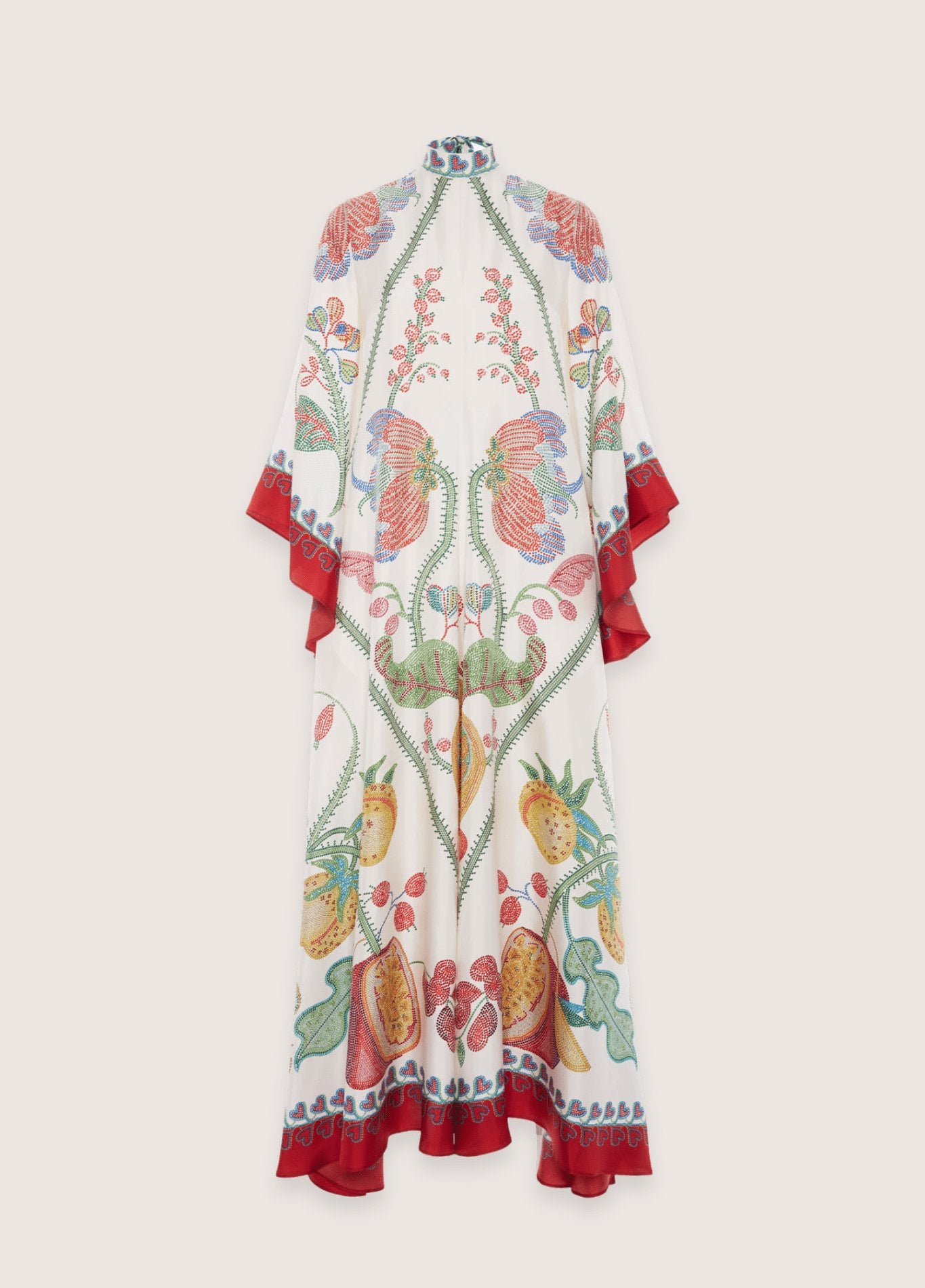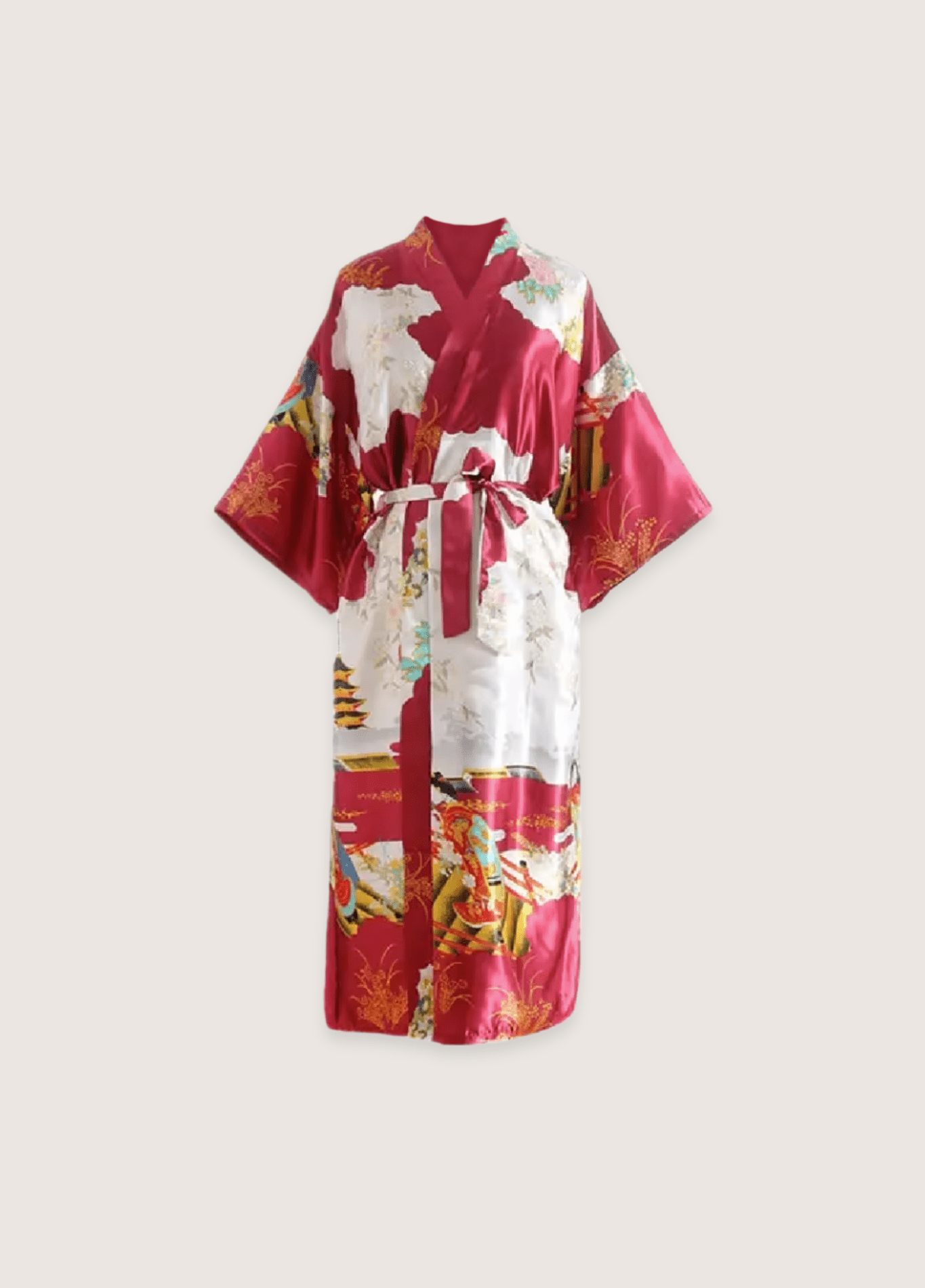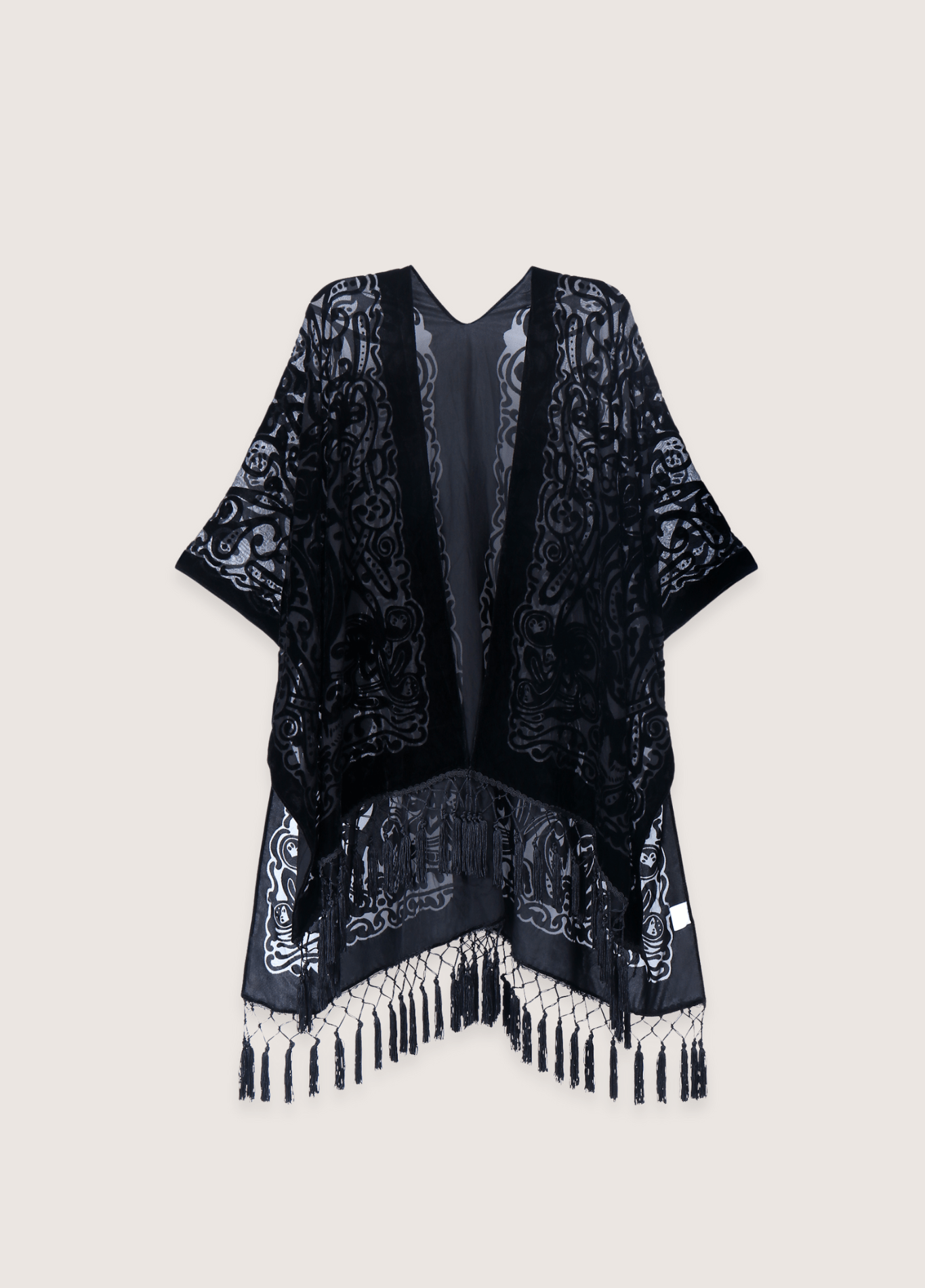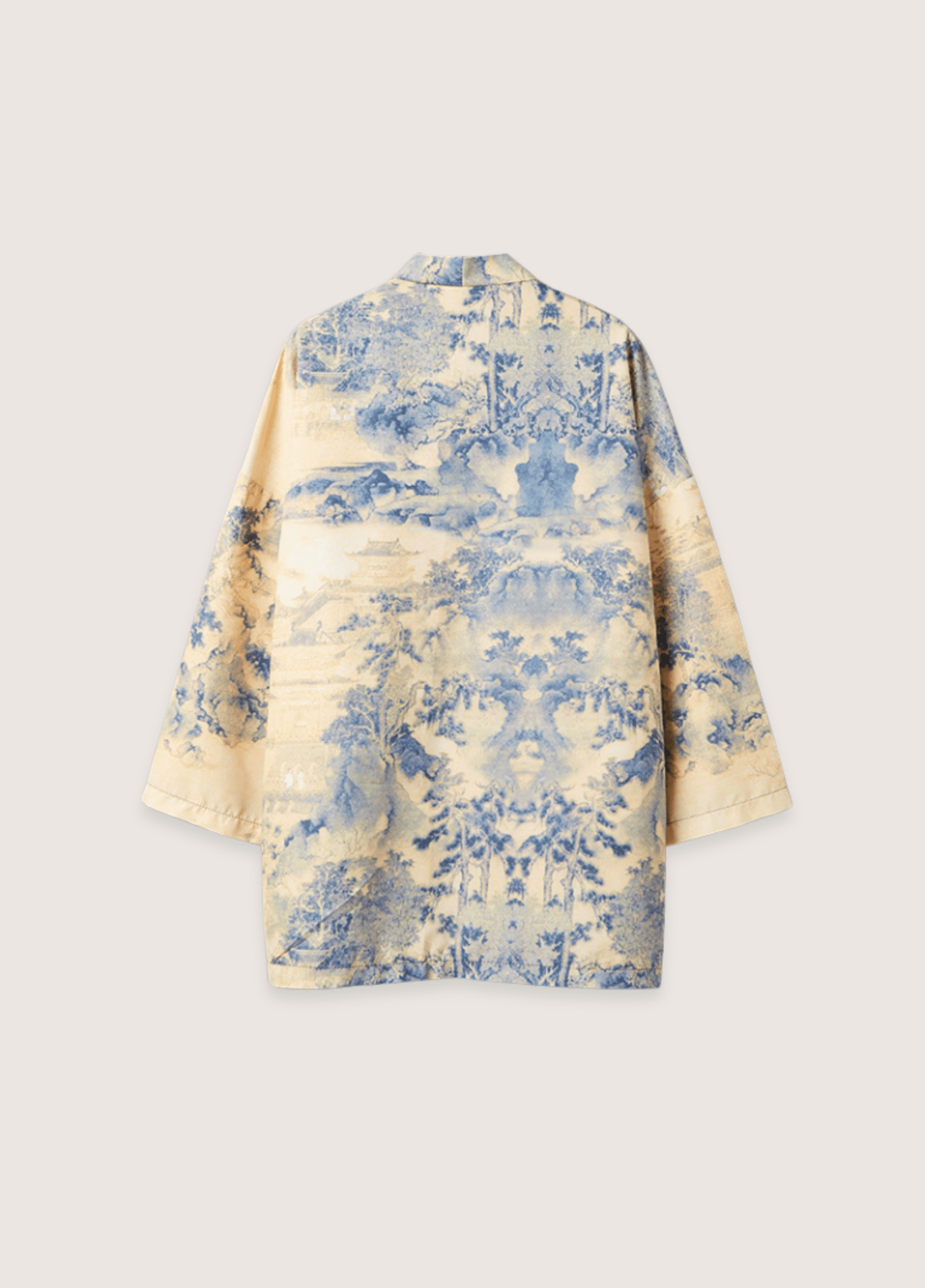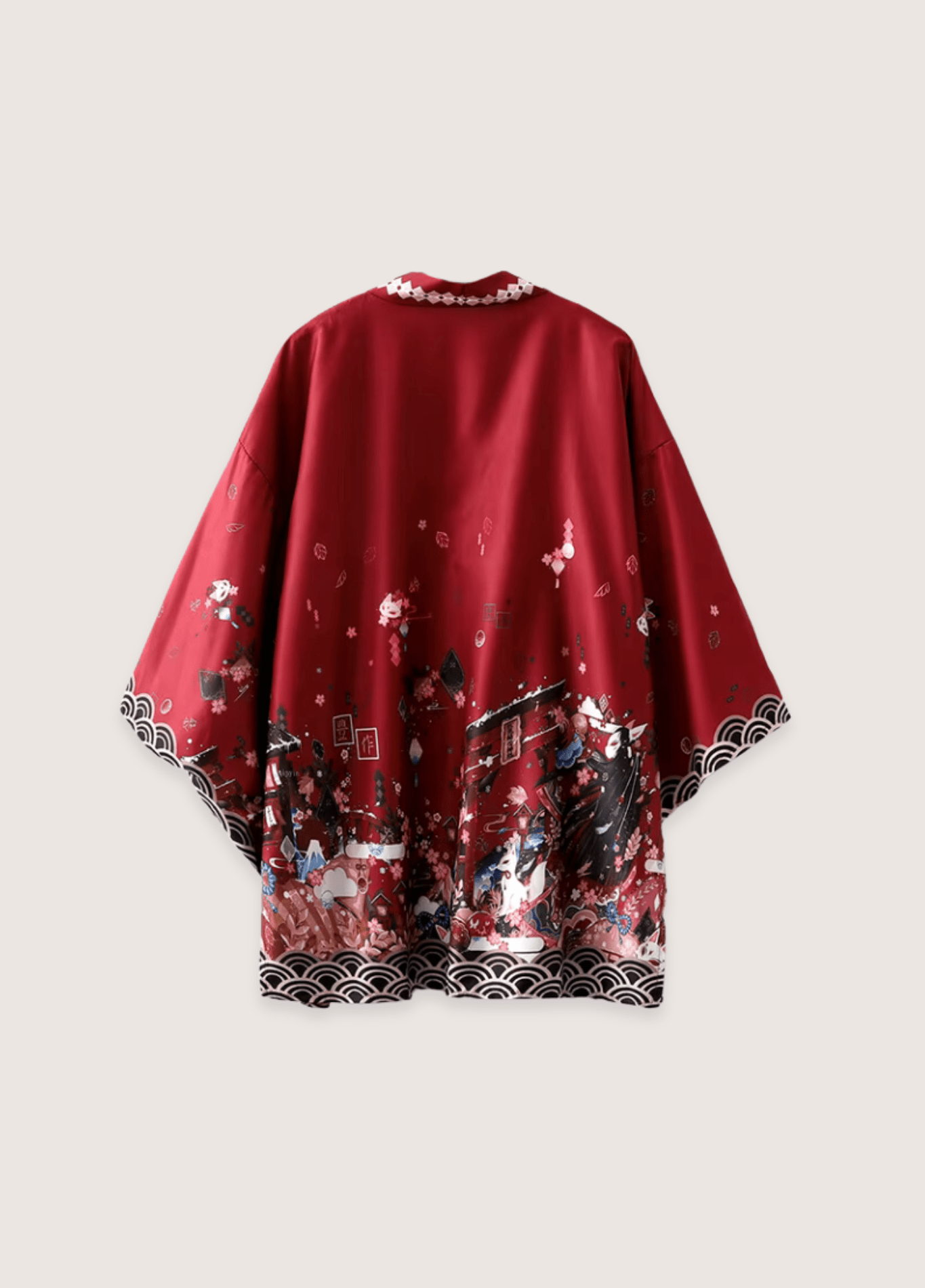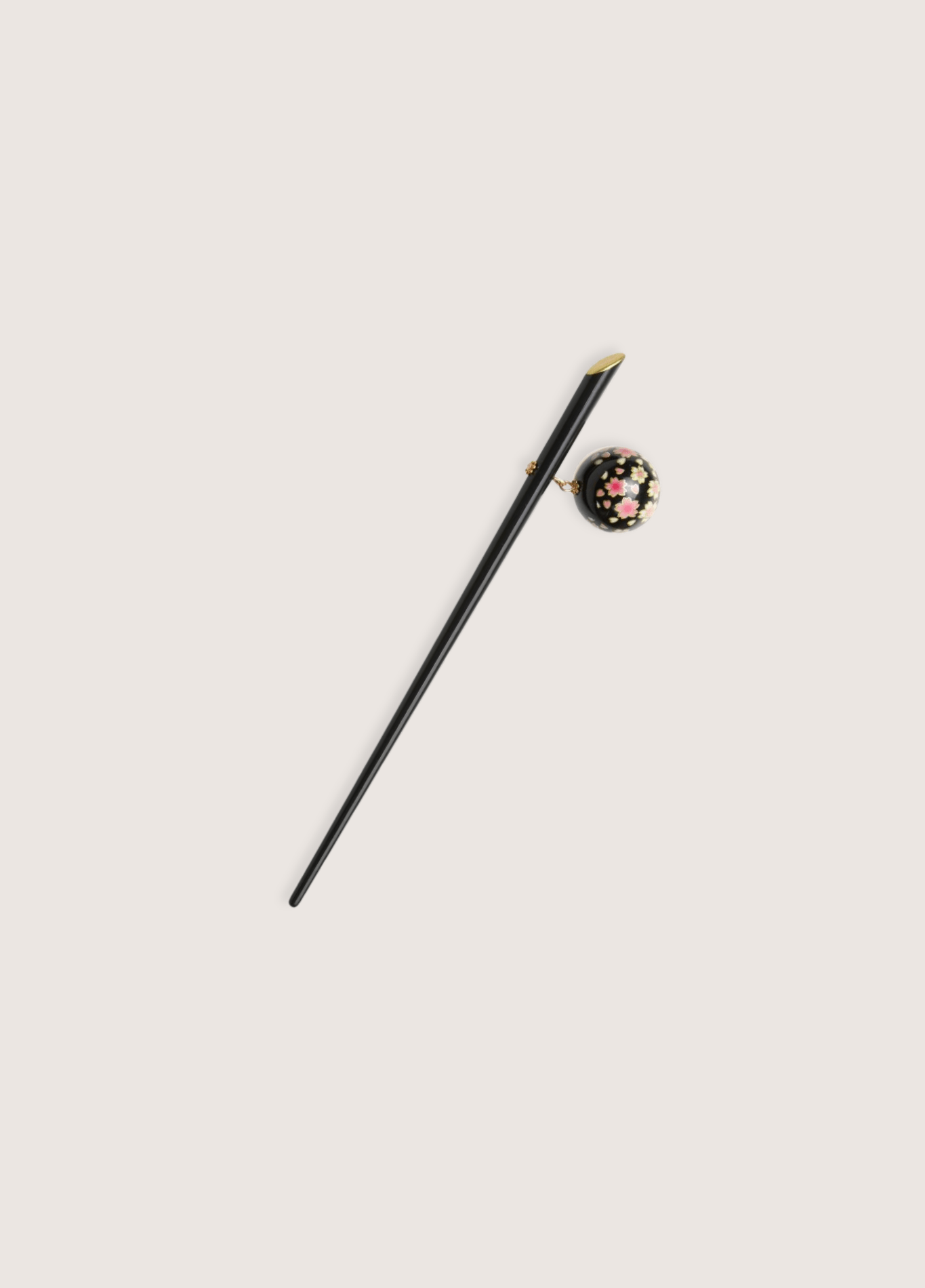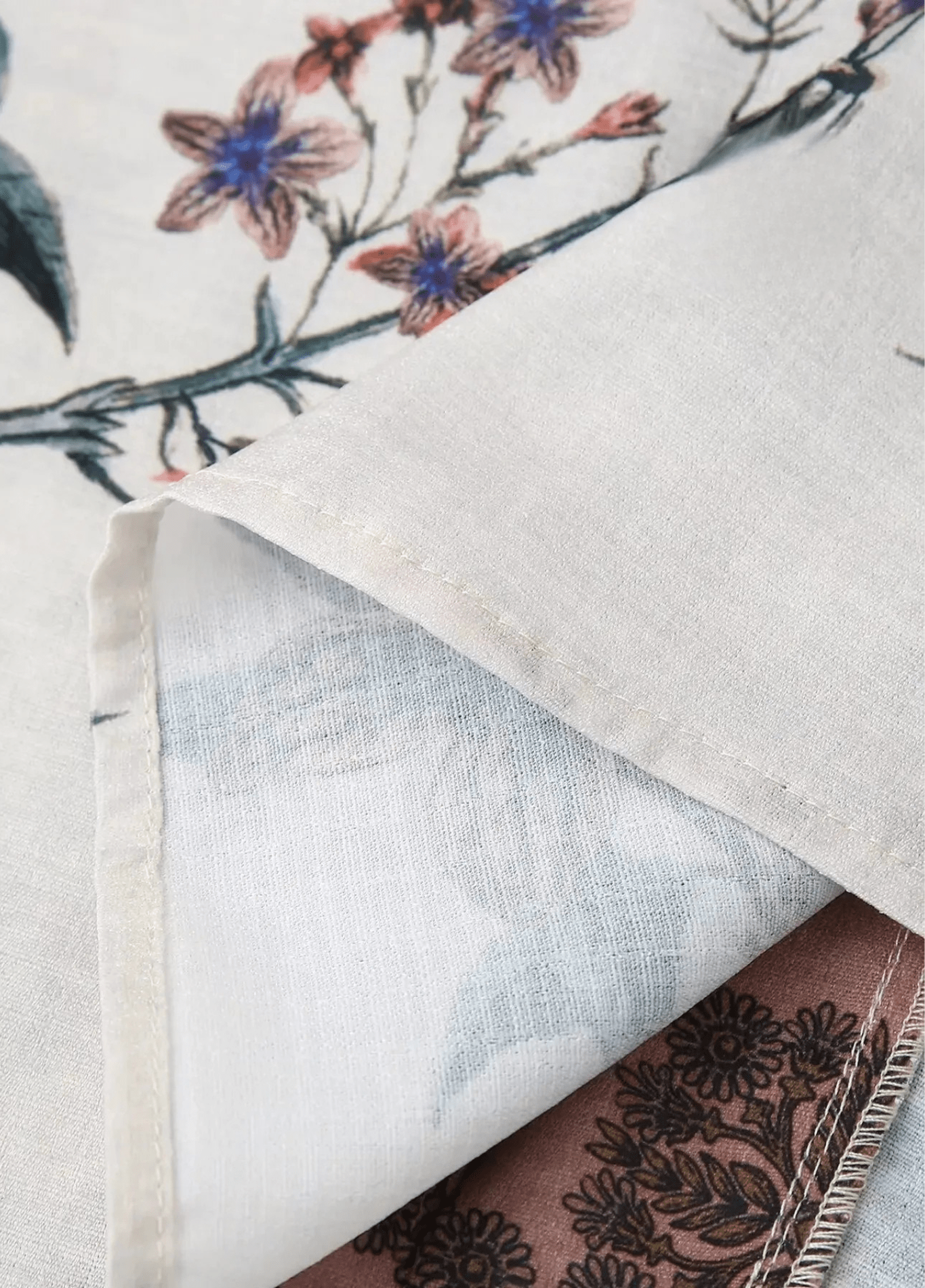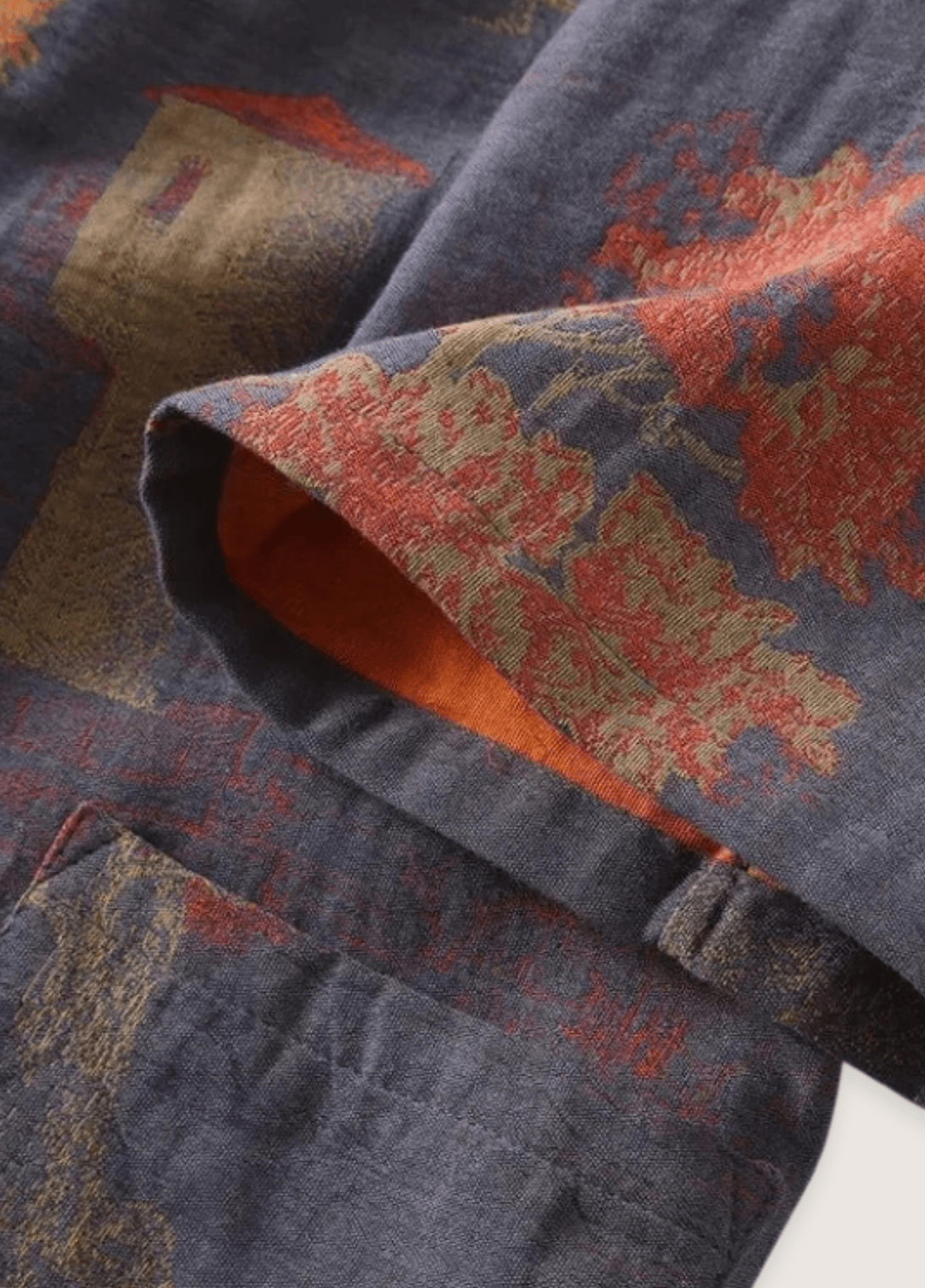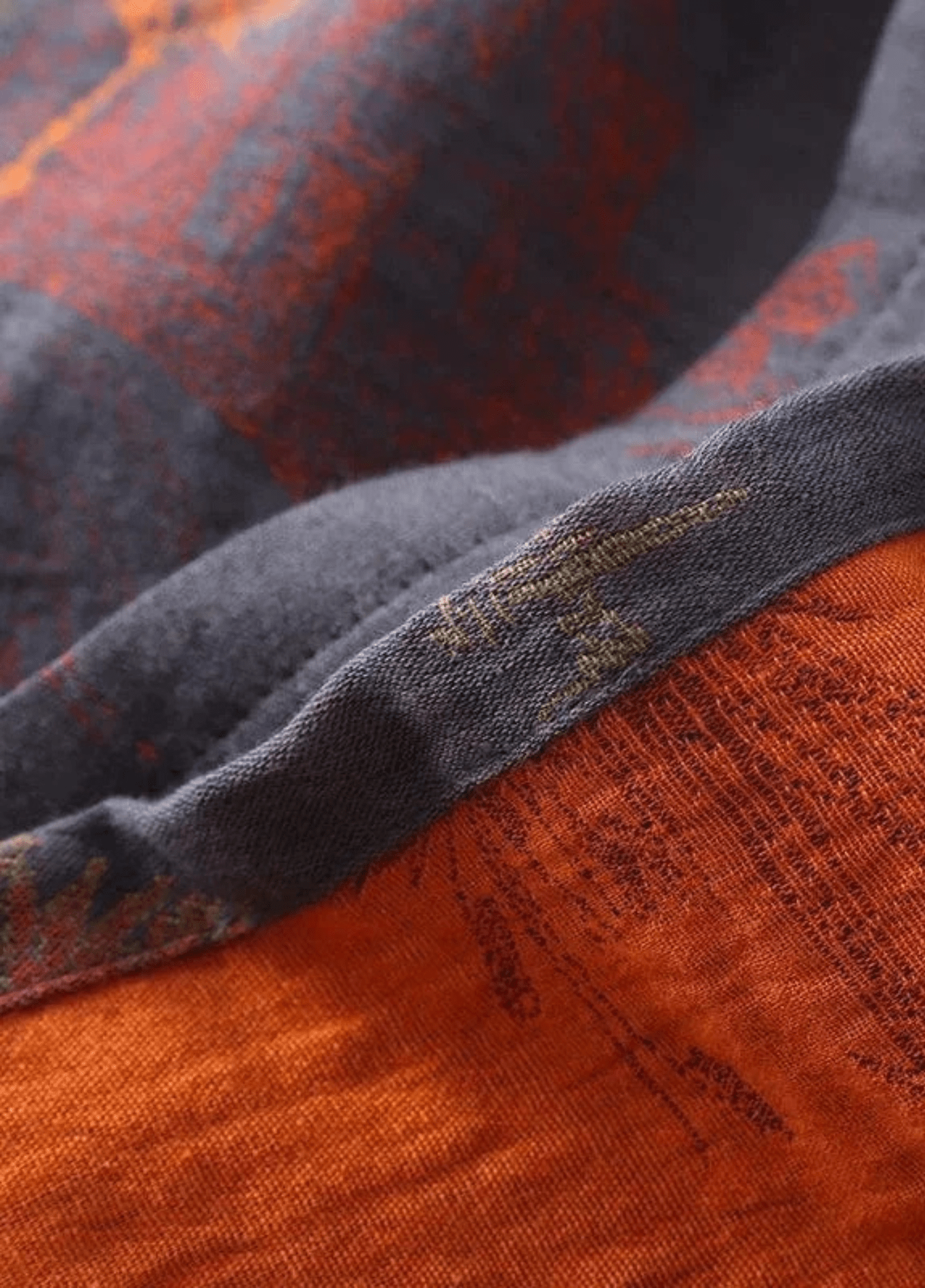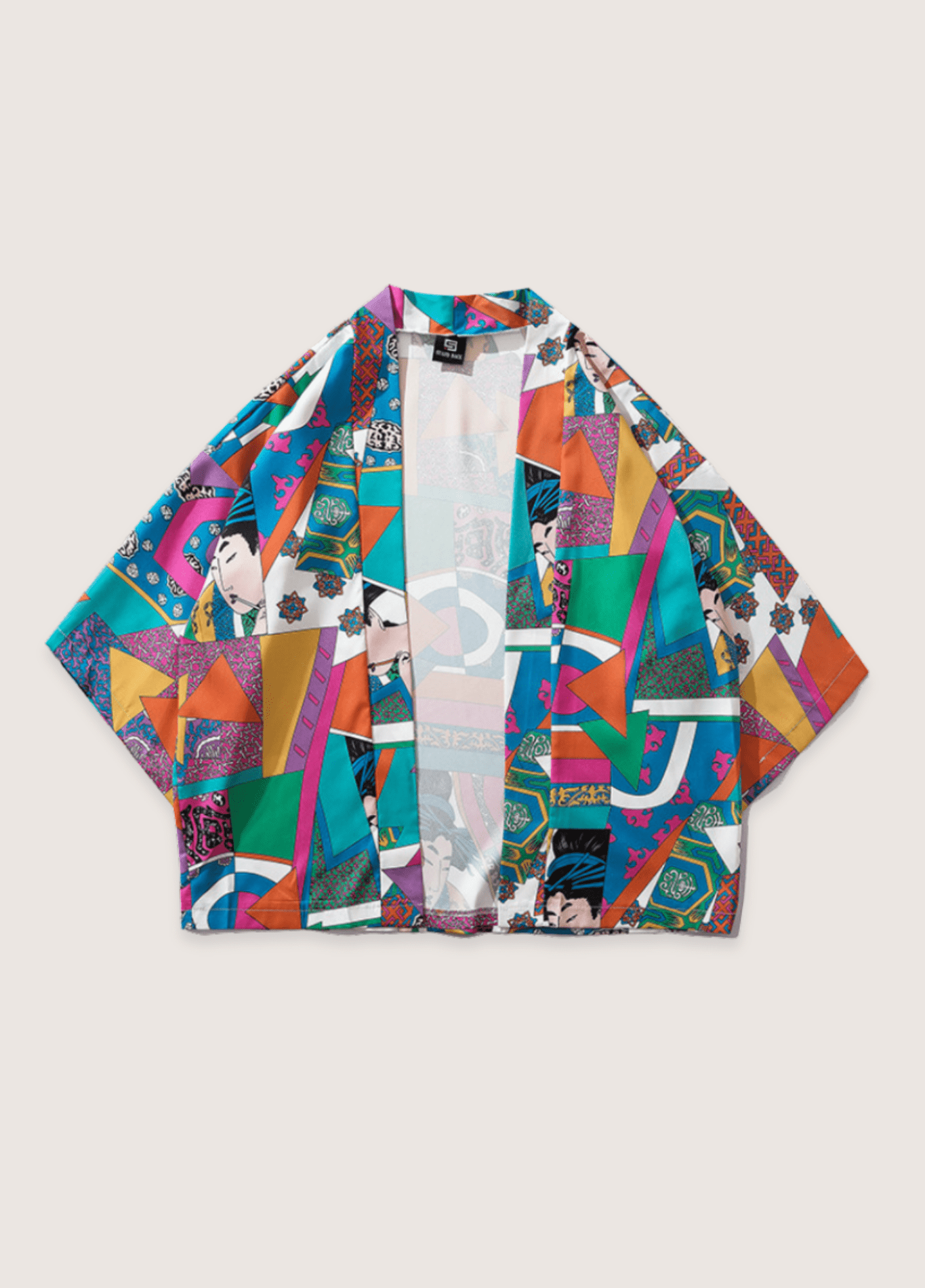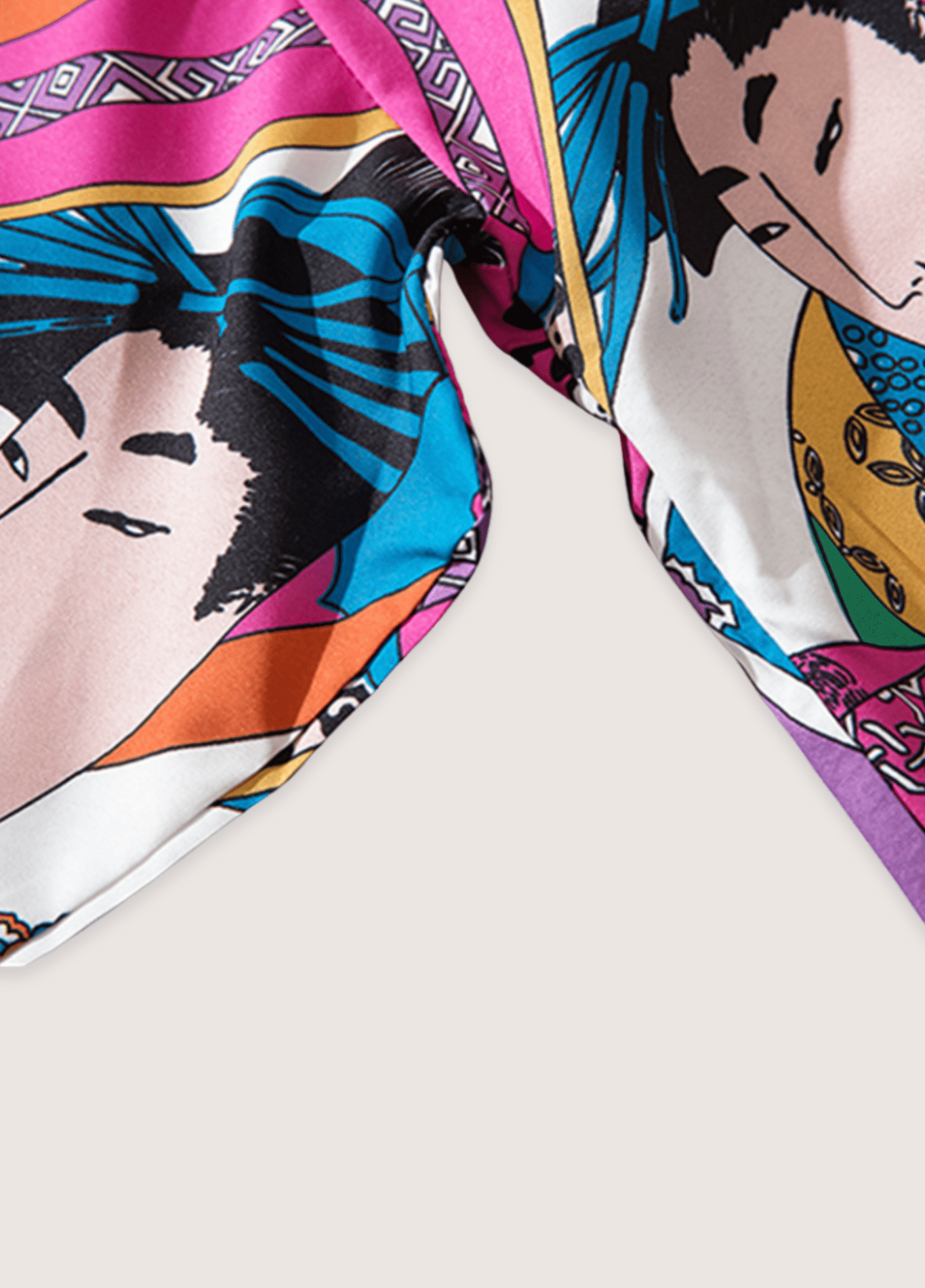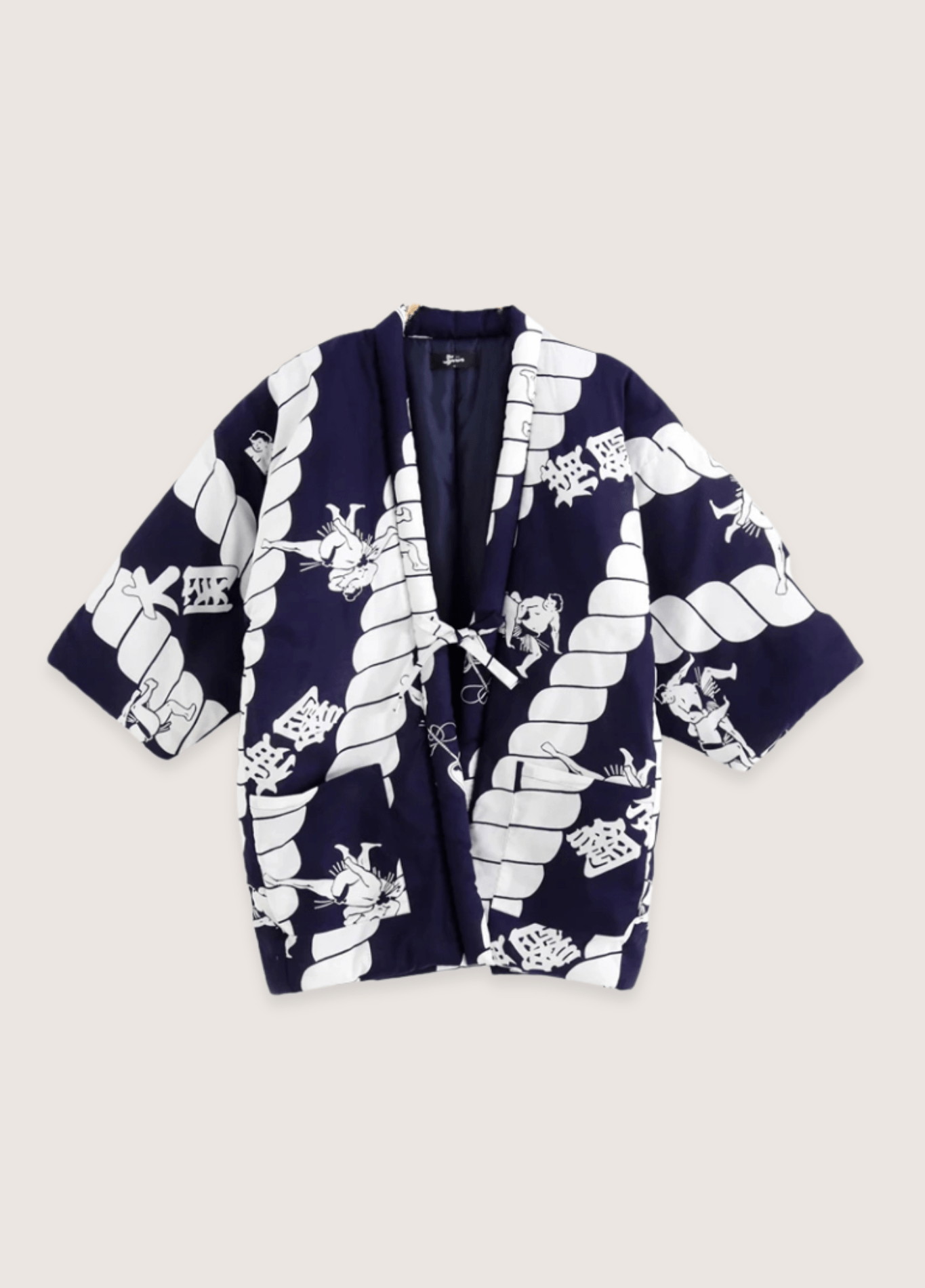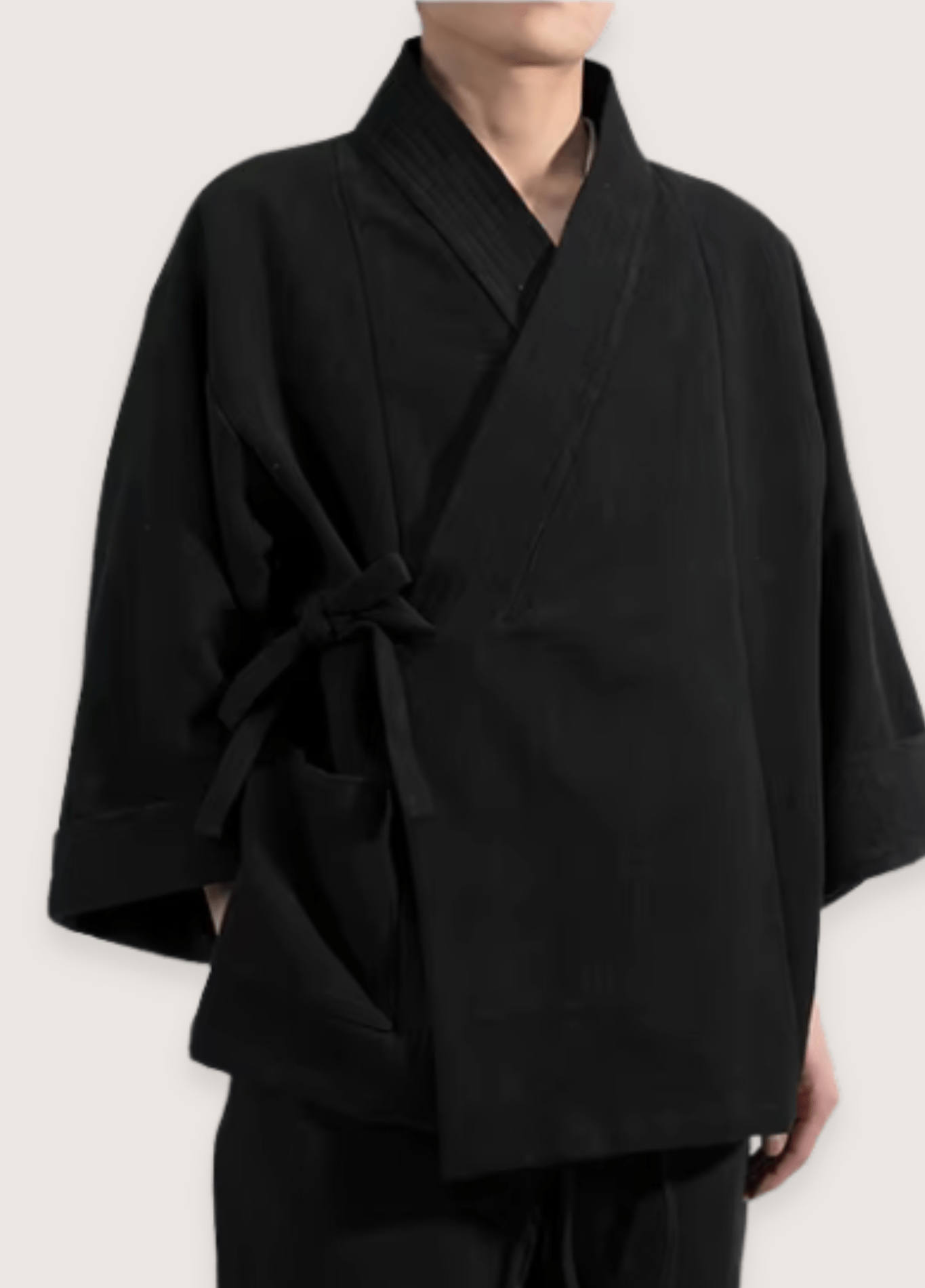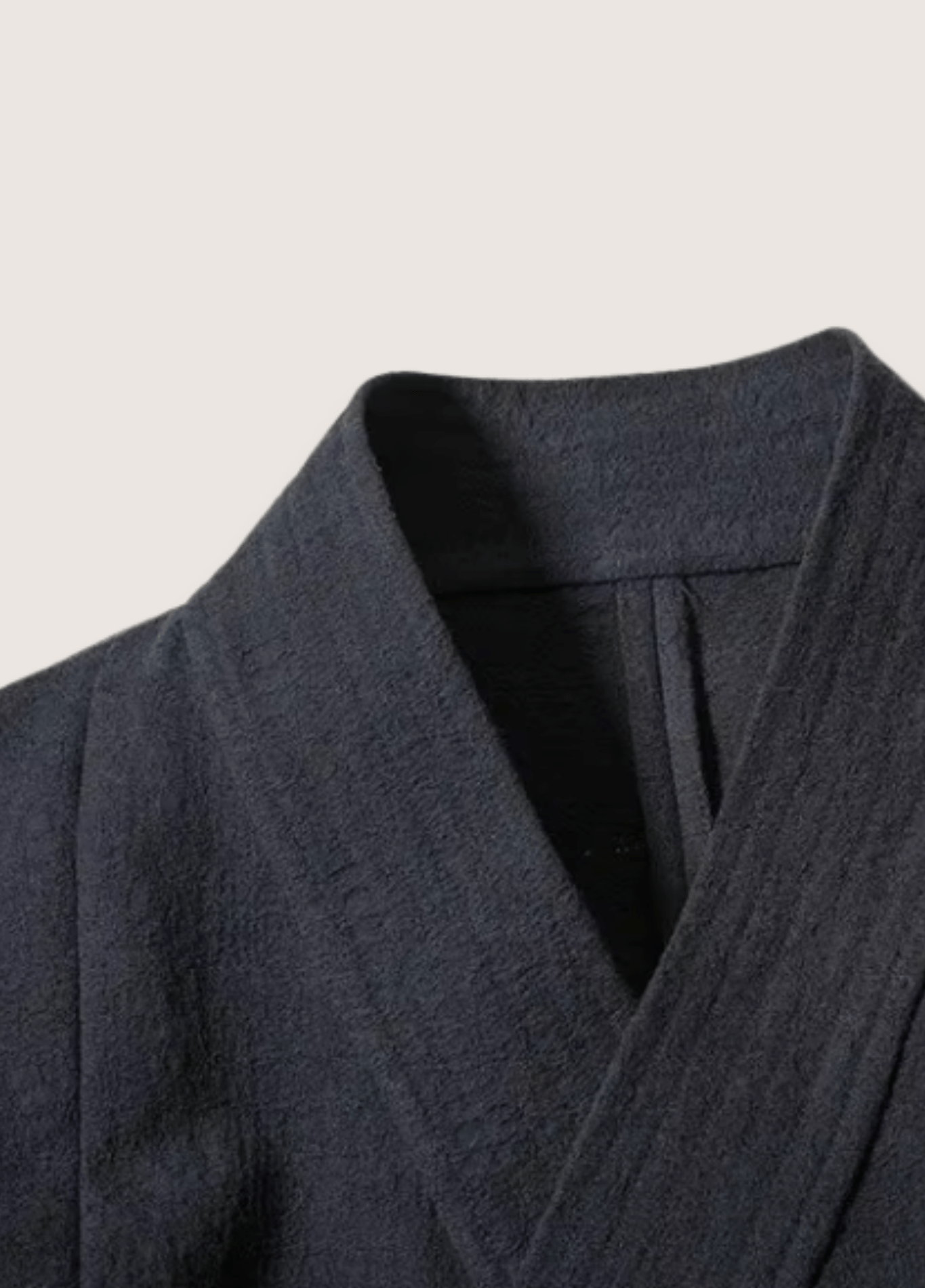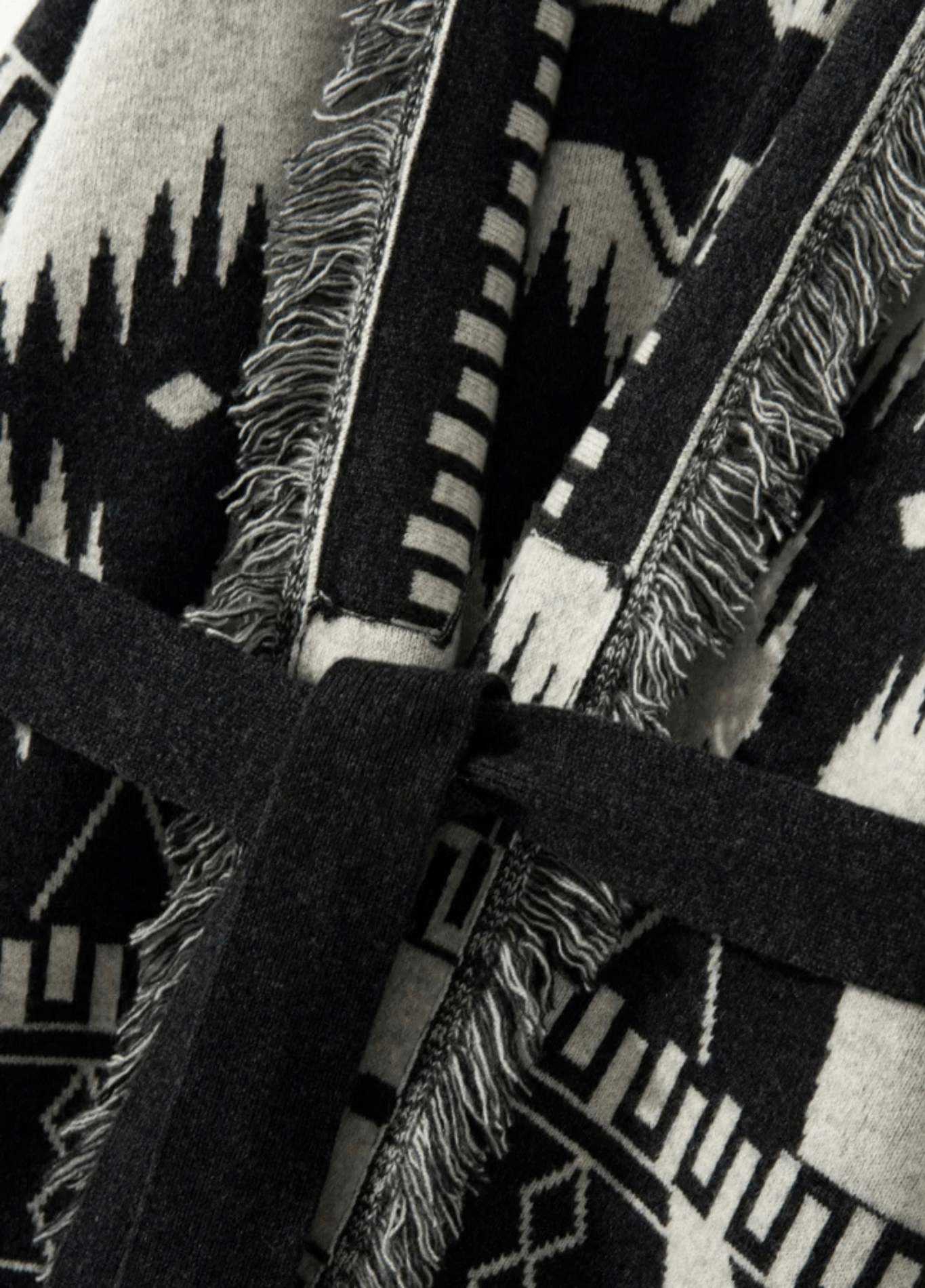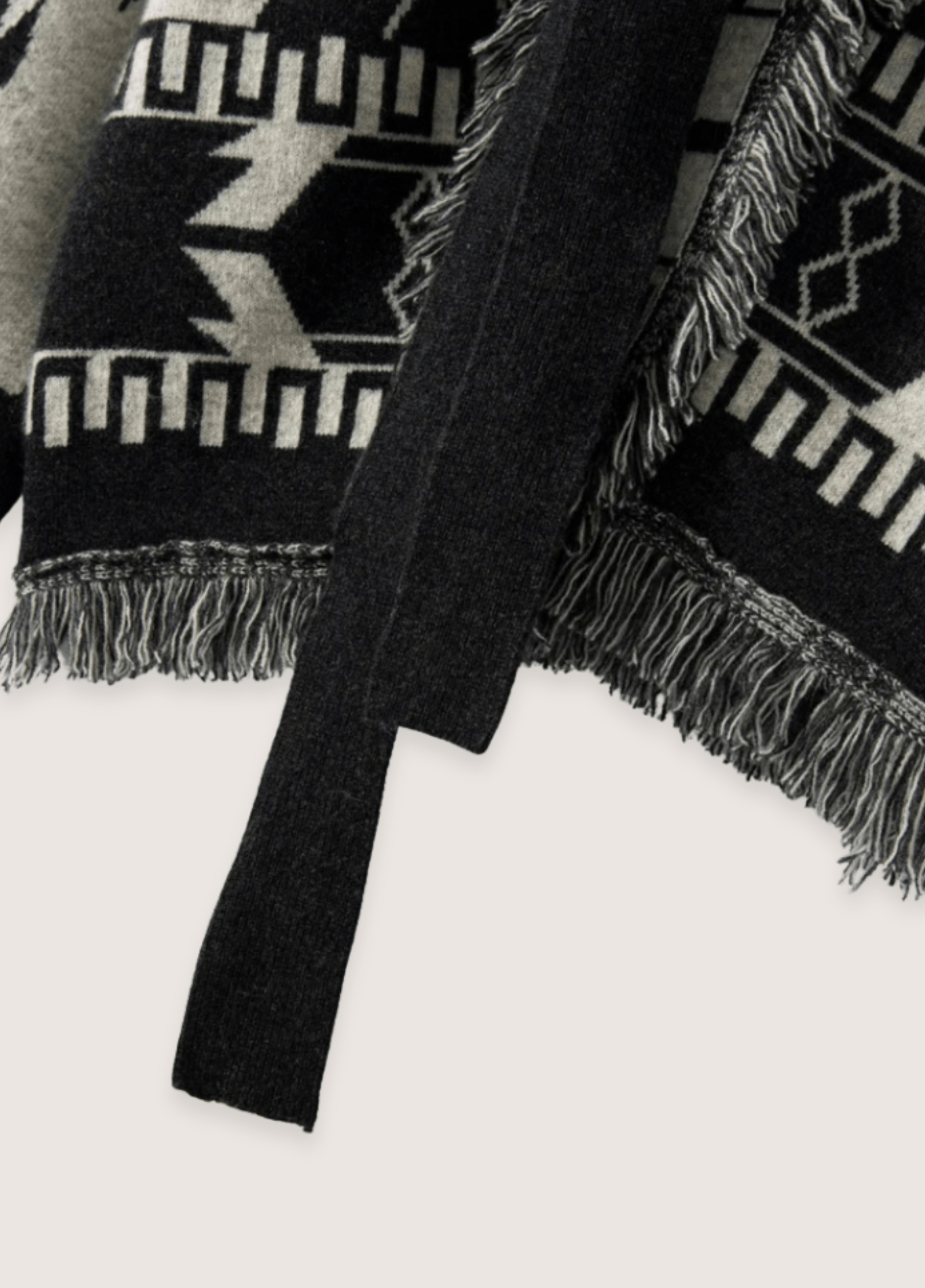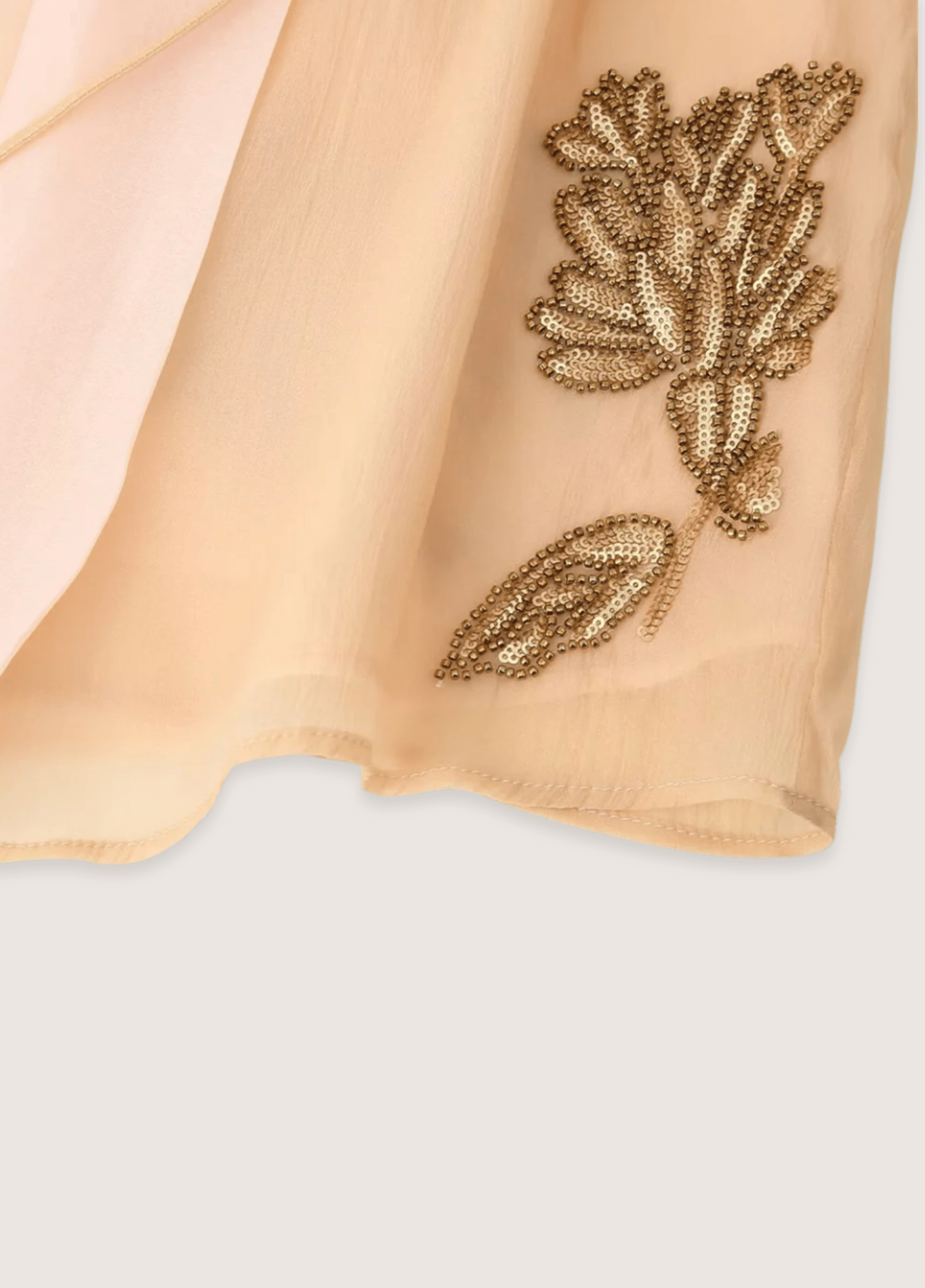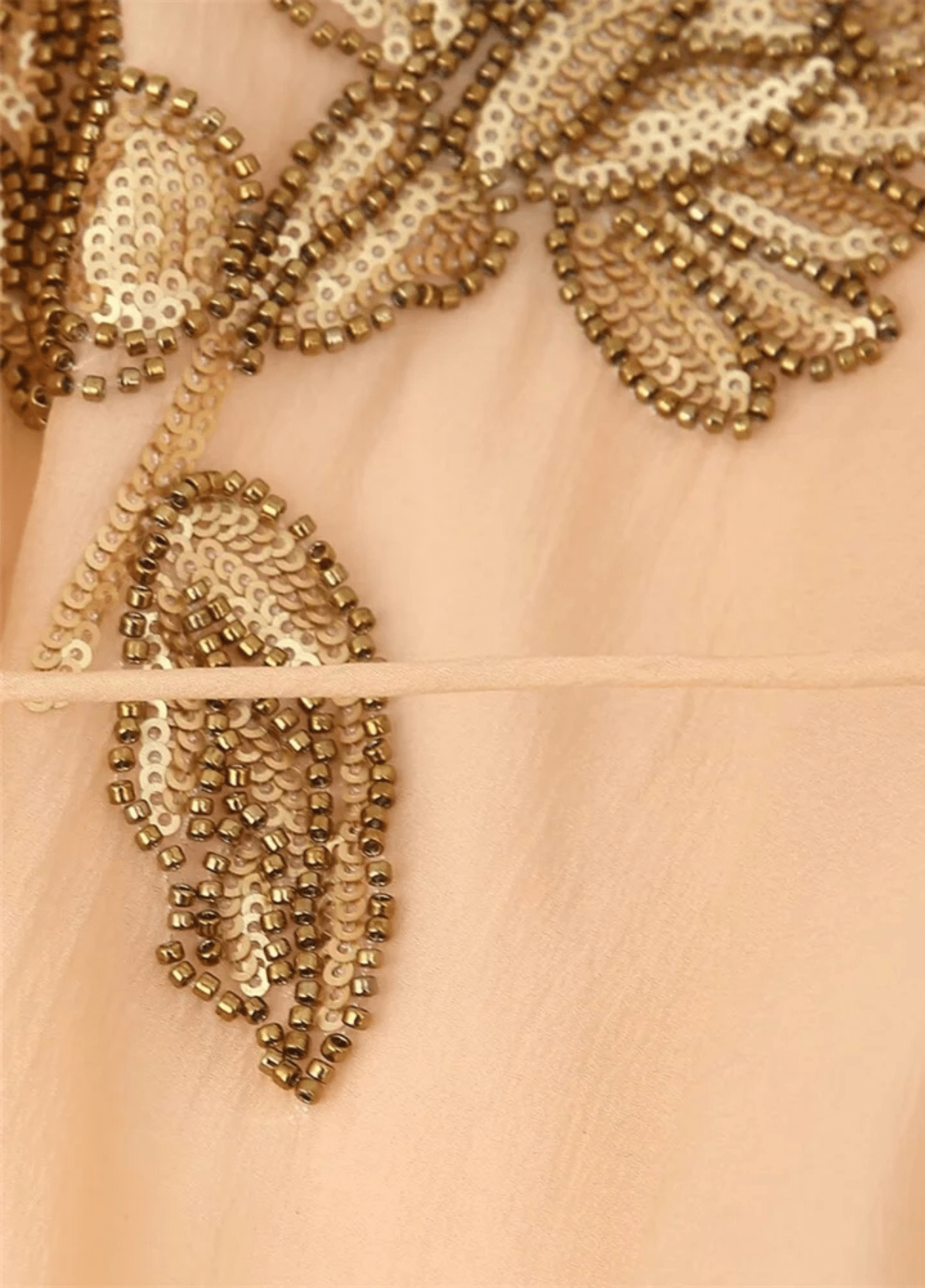In the history of Japan, there is a philosophy so profound that it continues to influence modern society: Bushido . Like a golden thread woven into the fabric of Japanese culture, this “way of the warrior” shaped not only the spirit of the samurai, but also the very essence of Japanese elegance that we find in the kimono. Today, as we rediscover the beauty of traditional Japanese clothing, it is fascinating to see how the principles of Bushido still resonate in every fold of fabric.

The warrior's armor in the samurai era
Summary:
The Bushido Ethical System
The sources of Bushido
Righteousness and justice
Courage, the spirit of audacity and resilience
Kindness, the feeling of compassion
Politeness
Sincerity and truthfulness
Honor, the pillar of the samurai's soul
The duty of loyalty
Samurai Education and Training
Self-control
The institutions of suicide and reparation
The sword, the soul of the samurai
Training and the position of the woman
The influence of bushido
Is Bushido Still Alive?
The Future of Bushido
The Bushido Ethical System
Bushido, comparable to European chivalry but unique in its Japanese expression, constitutes the moral code that guided the samurai. This ethical system was not written in sacred texts, but was transmitted by practice and example, developing organically over the centuries of the Japanese feudal period.
The seven fundamental virtues of Bushido are:
- Righteousness ( Gi )
- Courage ( Yu )
- Kindness ( Jin )
- Politeness ( Rei )
- Sincerity ( Makoto )
- Honor ( Meiyo )
- Loyalty ( Chugi )
Embody the spirit of Bushido with our Japanese kimono collection for men

The Virtues of Bushido, the Legacy of the Samurai
The sources of Bushido
Bushido draws its strength from three fundamental traditions that have shaped the Japanese soul :
- Buddhism : It brought the samurai serenity in the face of fate and death. Zen, in particular , taught contemplation and the search for harmony with the absolute. This influence was manifested in the warrior's ability to face death with calm and dignity.
- Shinto : A native religion of Japan, it infused Bushido with loyalty to the sovereign and deep respect for ancestors. Shinto considered the purity of the heart as a mirror reflecting divinity, a concept that was reflected in the importance of moral rectitude among the samurai.
- Confucianism : This philosophy provided the framework for moral relationships and social ethics, defining the five fundamental relationships: between sovereign and subject, parent and child, husband and wife, elder and younger brother and sister, friend and girlfriend .
These spiritual and philosophical influences are reflected today in our approach to traditional Japanese clothing.
Harmony between tradition and modernity with our women's kimono jacket collection
 The Three Spiritual Pillars of Bushido
The Three Spiritual Pillars of Bushido
Righteousness and justice
Righteousness ( Gi ) represented the most important virtue in the samurai code. It was considered not as a mere moral notion, but as the very backbone that gave the warrior his stature and strength. As one famous bushi explained:
"Righteousness is the power to make a decision without hesitation - to die when one must die, to strike when one must strike."
A historical example perfectly illustrates this notion: the Forty-Seven Ronin , known as the " Forty-Seven Gishi " ( righteous men ). Their story demonstrates how righteousness could transcend even ordinary laws. These samurai avenged their lord knowing that they would have to pay for this act with their lives, placing moral justice above their own survival.
Courage, the spirit of audacity and resilience
Courage in Bushido went far beyond mere bravery in battle . It was a moral courage, intimately linked to righteousness. Confucius defined it thus:
"To perceive what is right and not to do it denotes a lack of courage."
Education in courage began at a very young age. A touching example comes from a young prince of Sendai who, starving, said to his page :
"Look at those sparrows in their nest, how their yellow beaks open wide to receive their mother's food. But for a samurai to be hungry and show it is a shame."
This story illustrates how even children were educated to maintain their dignity in the face of difficulties.
Young samurai were subjected to rigorous tests:
- Walking barefoot in the cold
- Get up before dawn to study
- Visiting execution sites at night
- Tolerate hunger and deprivation
The courage to assert your style with elegance: Kimono jacket collection for men
Kindness, the feeling of compassion
Benevolence ( Jin ) was considered the highest virtue of Bushido , especially for those in power. This virtue tempered the martial rigor of the samurai and humanized the warrior code .
A striking example is the story of Kumagaye , a powerful warrior who, at the Battle of Sumano-ura (1184), found himself facing a young opponent. Seeing his opponent's youthful face, he tried to spare him, ordering him to flee. The young man refused, preferring an honorable death. Kumagaye , heartbroken, fulfilled his duty but was so deeply affected that he later gave up his military career to become a monk.
The elegance of kindness with our kimono dress collection
Politeness
Politeness in Bushido transcended mere good manners. It represented the outward expression of sincere compassion and deep consideration for others. This virtue was so important that it was considered the ripest fruit of social relations.
The most refined example of this politeness was manifested in the tea ceremony ( Cha-no-yu ), which was not a mere display of decorum, but a true discipline of the soul. In a room stripped of all worldly distractions, participants cultivated serenity of mind and self-control. This ceremony was particularly significant in times of war, when samurai would lay down their swords before entering the teahouse, thus creating a space of peace and harmony.
 The Tea Ceremony: The Art of Perfect Politeness
The Tea Ceremony: The Art of Perfect Politeness
Sincerity and truthfulness
Sincerity in Bushido was considered the very foundation of all virtue. " Bushi no ichi-gon " - the word of a samurai - was worth more than a written contract. This value was so deeply ingrained that many samurai preferred death rather than break their word.
A striking example of this integrity is found in the samurai's business practice. Although trade was considered a lowly occupation, when samurai engaged in it, their word was their guarantee. Promissory notes often carried clauses such as:
"In case of non-repayment, I agree to be publicly ridiculed" - a threat more formidable than any legal sanction for a man of honor.
Authenticity in modernity with our black kimono collection for men
Honor, the pillar of the samurai's soul
Honor in Bushido was closely linked to the sense of shame ( Ren-chi-shin ), a notion instilled from a very young age. This awareness of honor was so profound that a samurai preferred to refuse a minor humiliation in his youth, explaining that
"Dishonor is like a scar on a tree; time, instead of erasing it, only makes it bigger."
A telling example comes from a young son of Iyeyasu who, during the siege of Osaka, wept bitterly at being placed in the rearguard despite his entreaties to be in the front line. When an advisor tried to console him by recalling the many years before him to distinguish himself, the young man replied:
"How foolishly do you speak! Can my fourteenth year ever come back?"
The duty of loyalty
Loyalty was the cornerstone of feudal morality . This virtue particularly distinguished the samurai code from other ethical systems. It transcended even family ties, as illustrated by the story of Shigemori , torn between his duty to his sovereign and his father's rebellious conduct.
The most famous example of absolute loyalty remains that of the forty-seven ronin who, after the unjust death of their lord, devoted their lives to avenging his honor, knowing that this act would lead to their own end.
Samurai Education and Training
The training of a samurai was primarily aimed at building character rather than intellect . Education included mastery of the martial arts, but also the finer arts such as calligraphy, literature, and philosophy. These apprenticeships were never an end in themselves, but rather a means to attain practical wisdom.
A remarkable aspect of this education was the relationship between the master and the student. The teacher was considered a second father, respected to the point that a saying stated:
“Your father and mother are like the sky and the earth; your teacher and your lord are like the sun and the moon.”
The services rendered by teachers could not be remunerated in money, because their value was considered inestimable.
Convey ancestral elegance with our long kimono collection
The transmission of knowledge: a living heritage
Self-control
Self-control was the essence of samurai discipline. This mastery was particularly evident in the management of emotions. A striking example is that of a father who spent entire nights listening to the breathing of his sick child, standing behind the door so as not to be surprised in this moment of paternal weakness.
The Sino-Japanese War provides another striking illustration: when a regiment was leaving, a huge crowd gathered at the train station. An American observer was astonished by the absence of emotional displays: no shouting, no commotion, only respectful silence and a few stifled sobs as families greeted their loved ones going into battle.
The institutions of suicide and reparation
Seppuku (more commonly known as hara-kiri ) was not a simple act of suicide, but a complex ceremonial institution. The practice was based on the ancient belief that the abdomen was the seat of the soul and emotions . The act itself was seen as a way of revealing the purity of one's soul.
A particularly poignant historical example is that of Taki Zenzaburo , recounted by a Western witness. After giving the unauthorized order to shoot foreigners in Kobe , he performed seppuku with remarkable dignity, declaring:
"For this crime, I open my belly, and I beg you to do me the honor of being witnesses to the act."
The ceremony took place in absolute silence, illustrating solemnity and self-control until the last moment.
The sword, the soul of the samurai
The sword represented much more than just a weapon to the samurai - it was considered an extension of his soul. The process of making a sword was itself a sacred act: the swordsmith began each day with prayers and purifications, considering each blow of the hammer to be a religious act .
The story of Count Katsu perfectly illustrates the noble attitude towards the sword. Although invested with almost dictatorial powers and often threatened with assassination, he never used his sword to kill. He explained:
"I had the hilt of my sword fastened so tightly to the scabbard that it was difficult to draw it. I promised myself that even if they cut me, I would not cut."
 The sword: symbol of nobility and restraint
The sword: symbol of nobility and restraint
Training and the position of the woman
In Bushido, the education of women in the samurai class was remarkably comprehensive. While it seemed paradoxical to Western eyes, mixing martial and domestic virtues, it created women of exceptional strength of character .
Young girls were taught the use of the naginata ( halberd ), not primarily for combat, but to build character. They were also given a dagger ( kaiken ) to protect their honor. The story of a young prisoner illustrates this pride: threatened with violence, she asked permission to write a final letter to her sisters before throwing herself into a well to preserve her honor.
Yet this martial training coexisted with more refined arts. Music, poetry and literature were an integral part of their education, not as mere entertainment, but as means of purifying the heart. The samurai woman was to embody strength in grace .
Discover refined elegance with our kimono dress collection
The influence of bushido
Bushido has had a profound impact on Japanese society far beyond the samurai class. Theaters, storytellers, and popular novels have all contributed to spreading its ideals to all levels of society. As a popular saying goes:
"Among flowers, the cherry is queen; among men, the samurai is lord."
This influence was manifested in particular through the emergence of the otoko-daté , natural leaders of the people who, although not samurai, adopted their moral values and protected the weakest. They embodied the democratization of the virtues of bushido.
Is Bushido Still Alive?
Bushido persists as an invisible but powerful force in modern Japan. As pioneer Yoshida Shôin expressed it before his execution:
"I knew well that this path led to death; it was the Yamato spirit that pushed me to dare no matter what."
This persistence is manifested in Japanese work ethics, everyday politeness, and the importance given to social harmony . The great reformers of modern Japan, such as Saigo , Okubo, and Kido , drew strength from the teachings of bushido.
The Future of Bushido
Bushido today faces unprecedented challenges. Unlike European chivalry, which found a second wind in the Christian Church, bushido, orphaned by the feudal system that gave birth to it, must forge its own path in the modern world.
The forces of triumphant democracy and industrialization seemed to oppose the aristocratic principles of bushido. As one thinker of the time observed:
"The vulgarization of life among the industrial classes has become one of the chief enormities of modern civilization in the eyes of all persons of delicate sensibilities."
Yet, like the cherry blossom ( sakura ) that symbolizes the spirit of the samurai, bushido continues to subtly influence Japanese society. Its fragrance lingers, even as its form changes. The core values of loyalty, honor, and service transcend their historical context to adapt to contemporary challenges.
The fundamental principles of bushido remain relevant in our modern world:
- Honor and Integrity in Professional Relationships
- Self-control in the face of daily challenges
- Respect for tradition combined with modern adaptation
- The importance of social harmony
- The constant search for personal excellence
The lexical field of Bushido:
- Honor, virtue, tradition
- Elegance, refinement, harmony
- Mastery, discipline, excellence
- Modernity, adaptation, evolution
- Heritage, transmission, values
A Living Legacy: “Shogun” and the Spirit of Bushido
The recent television series Shōgun offers a striking window into the world we have just explored. This adaptation of James Clavell’s novel takes us to feudal Japan, where the principles of bushido shaped every aspect of daily life . The meticulously reconstructed costumes, including period kimonos, perfectly illustrate how traditional Japanese clothing reflected the social status and moral values of its wearers.
The historical accuracy of the outfits, from kimonos to samurai armor, testifies to the capital importance of clothing in the expression of the virtues of Bushido. Scenes of tea ceremonies, moments of political tension or face-offs between samurai show how the elegance of the kimono harmonized perfectly with the moral force of bushido.
Get inspired by Shogun 's kimonos with our kimono collection
This series reminds us that bushido is not simply a historical moral code, but a living legacy that continues to inspire our approach to traditional Japanese clothing. In each piece of our collections, we strive to capture the same combination of beauty and moral strength that characterized the samurai era.
Shogun: The series that brings feudal Japan back to life
The secrets of the kimono underdress: traditional elegance

